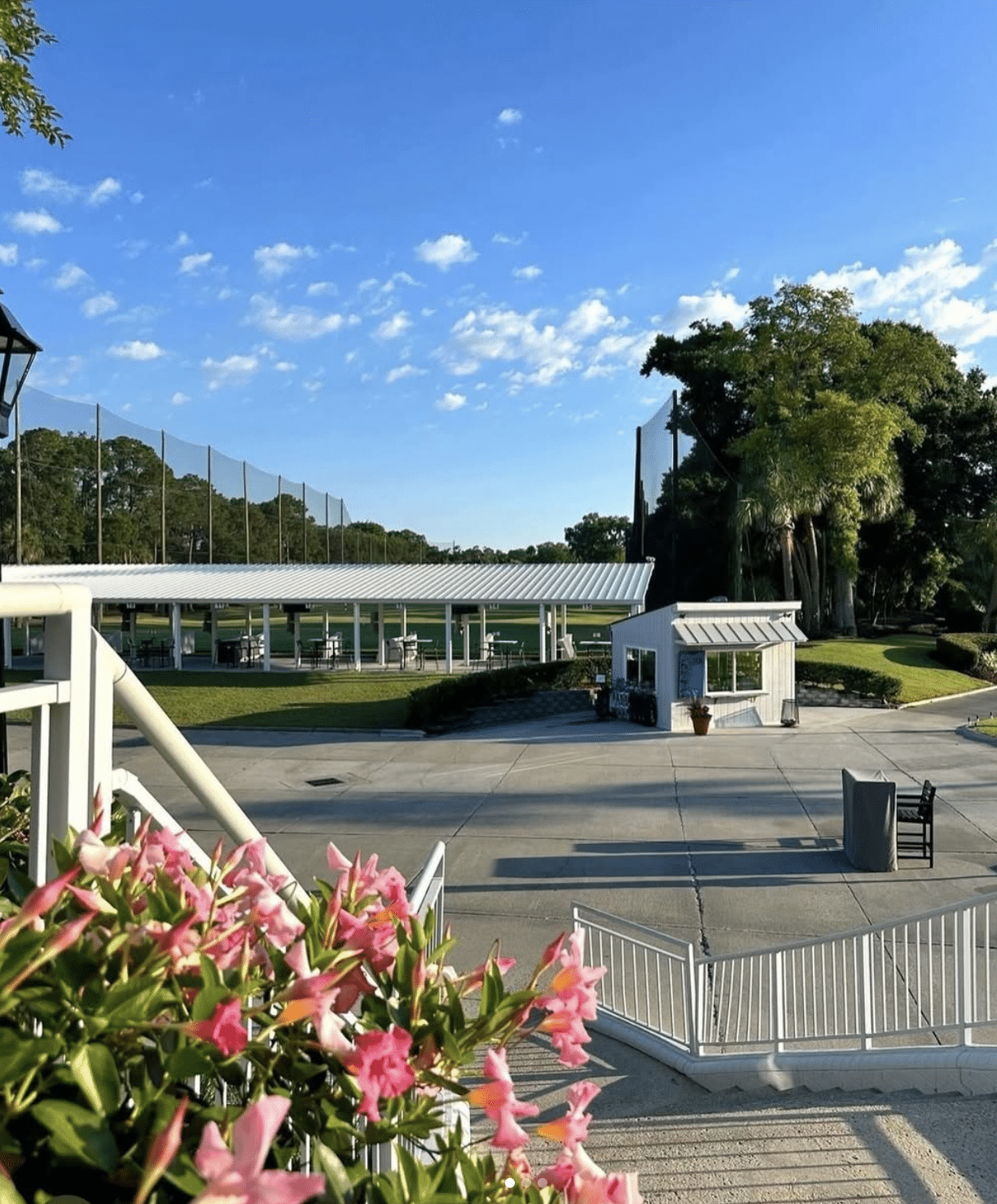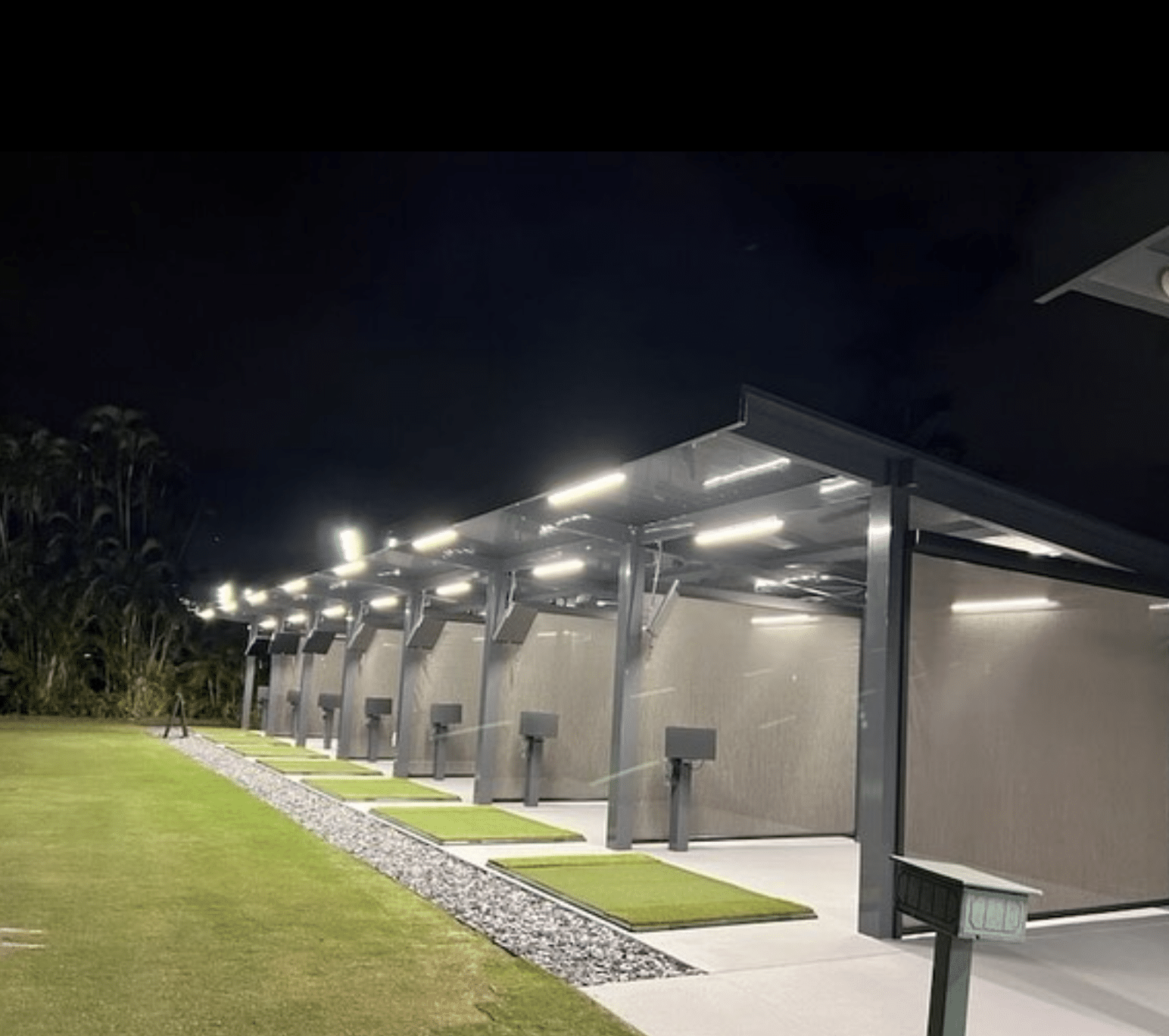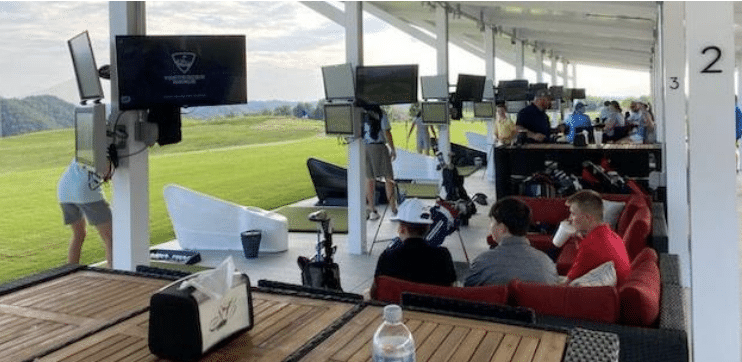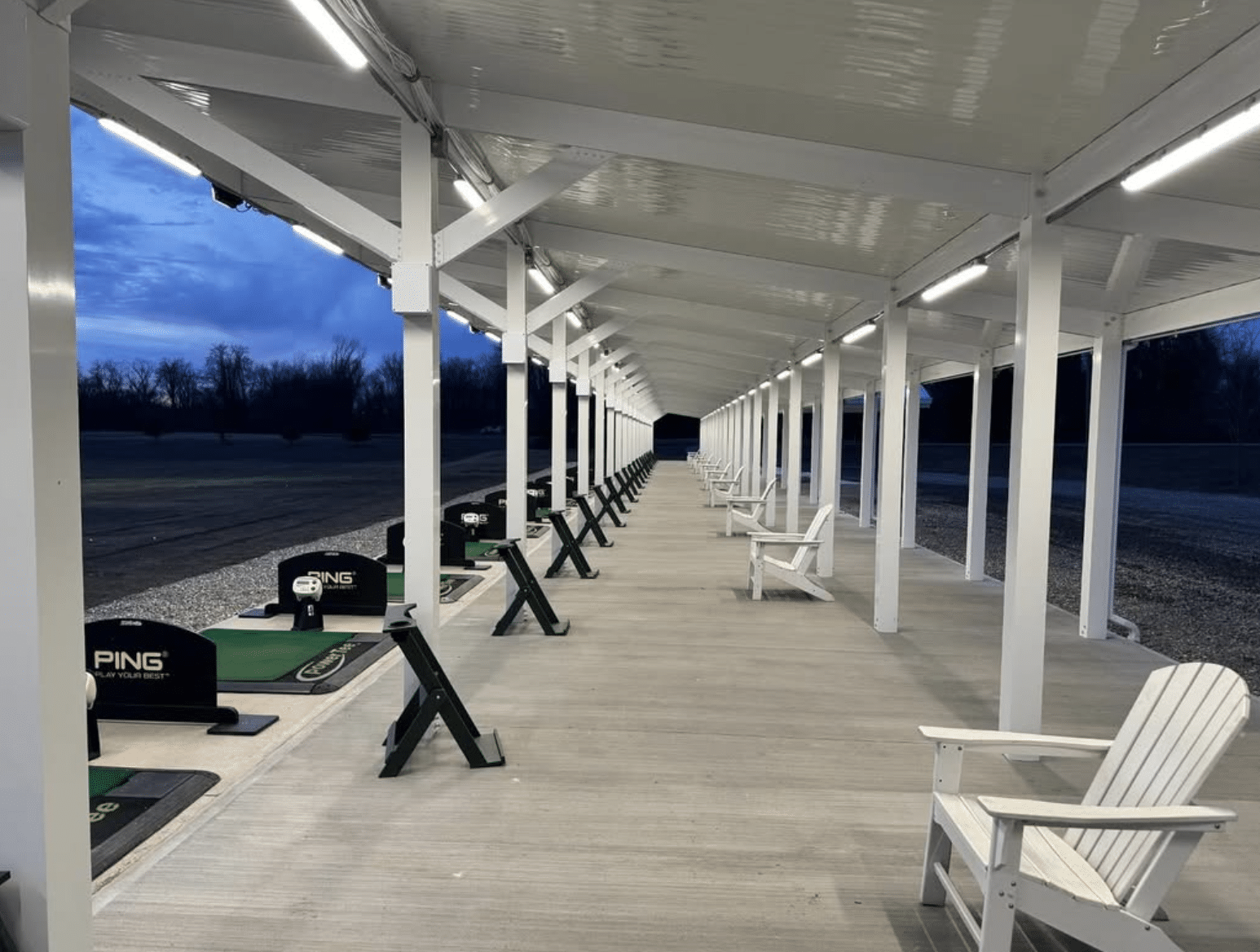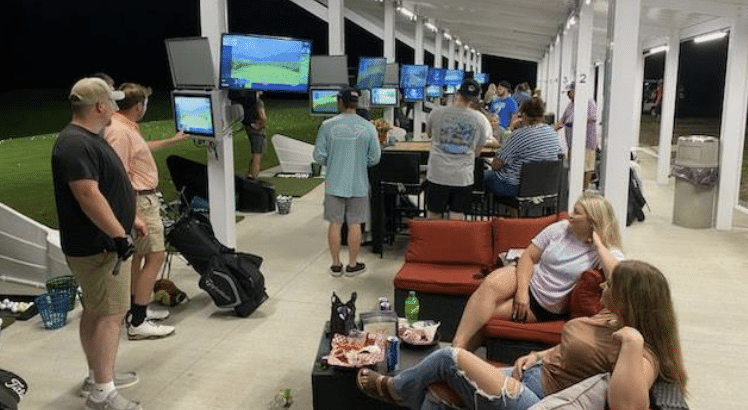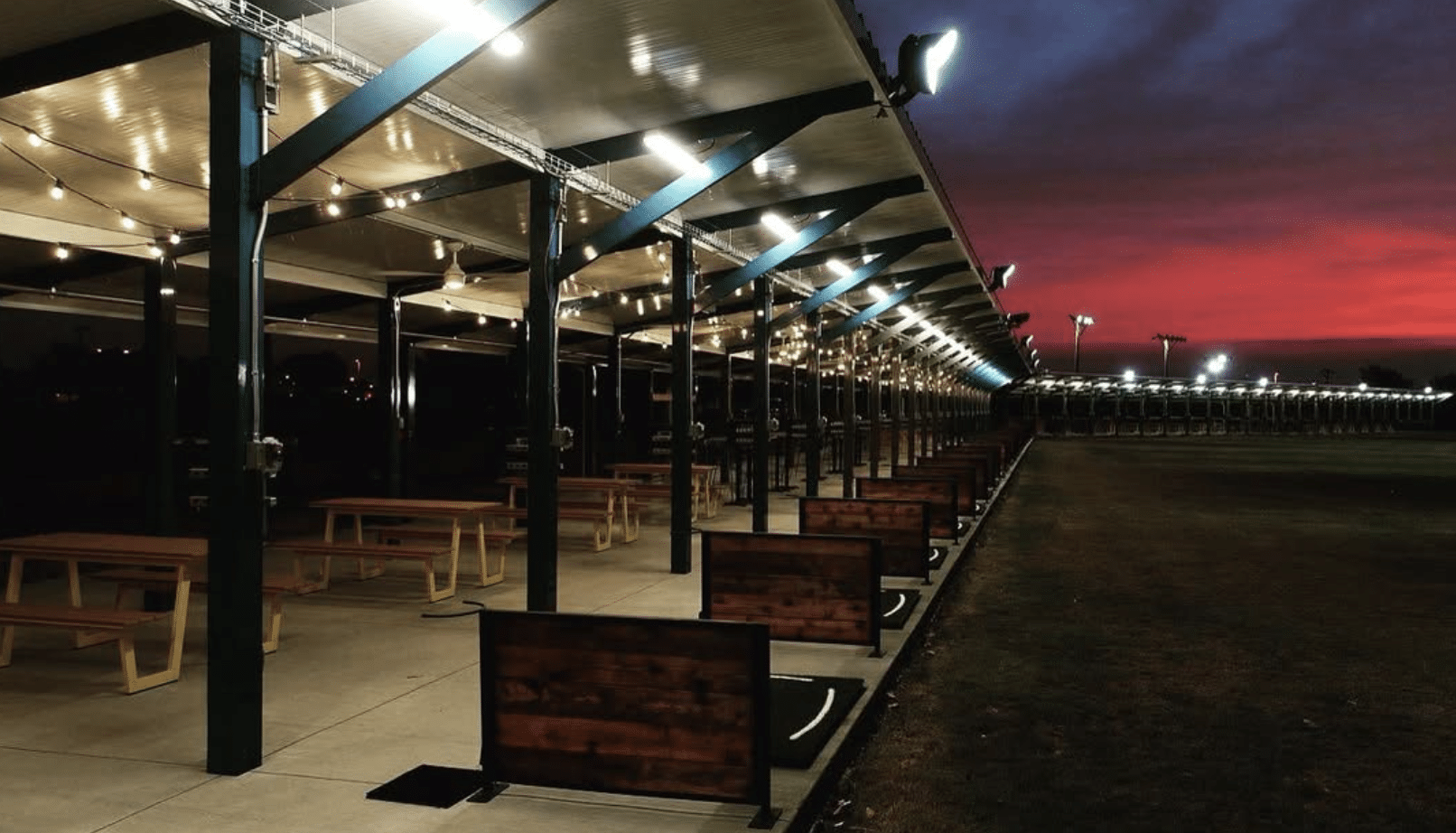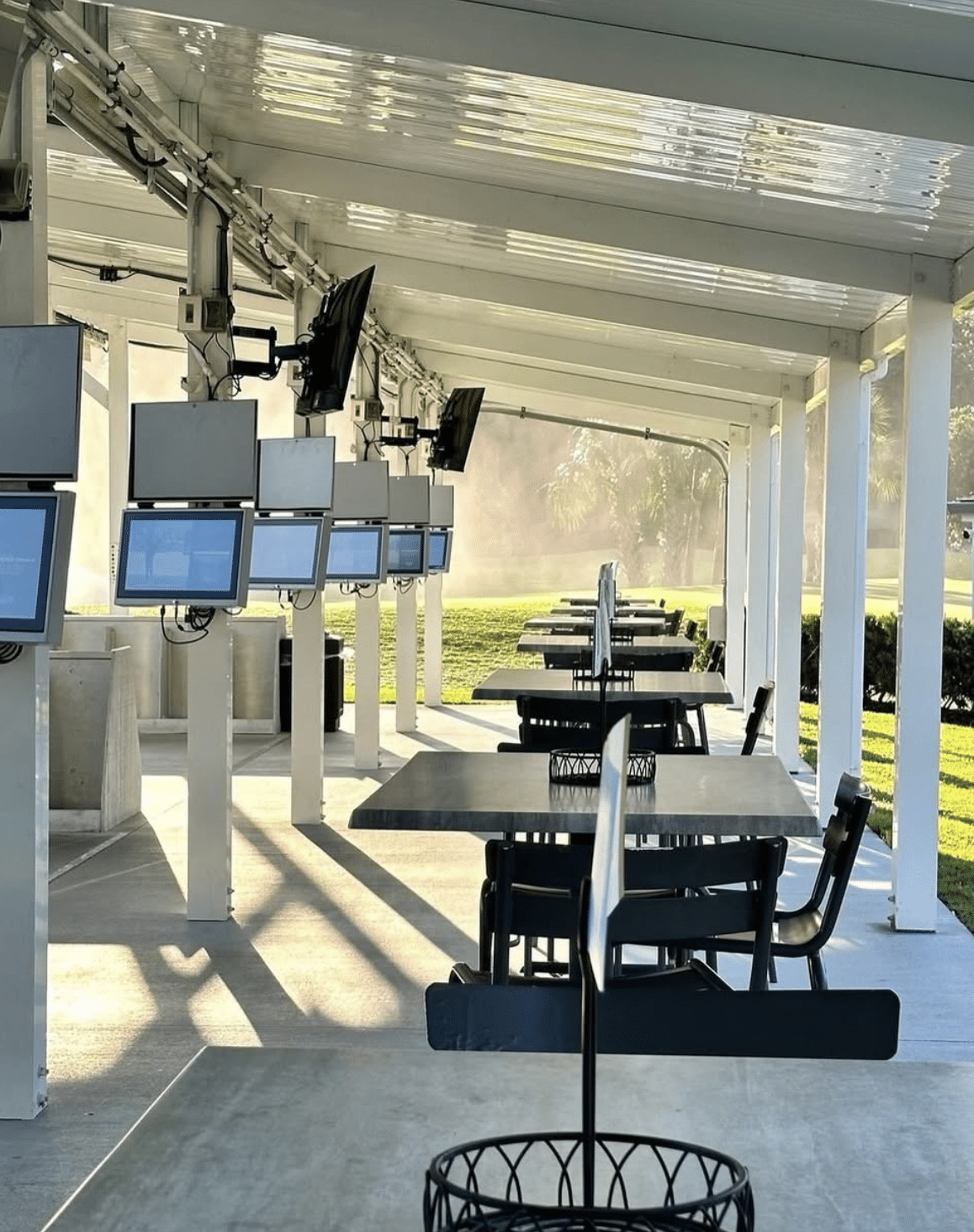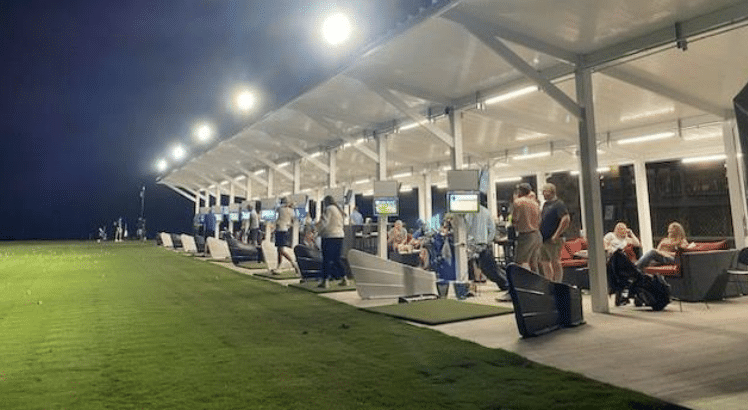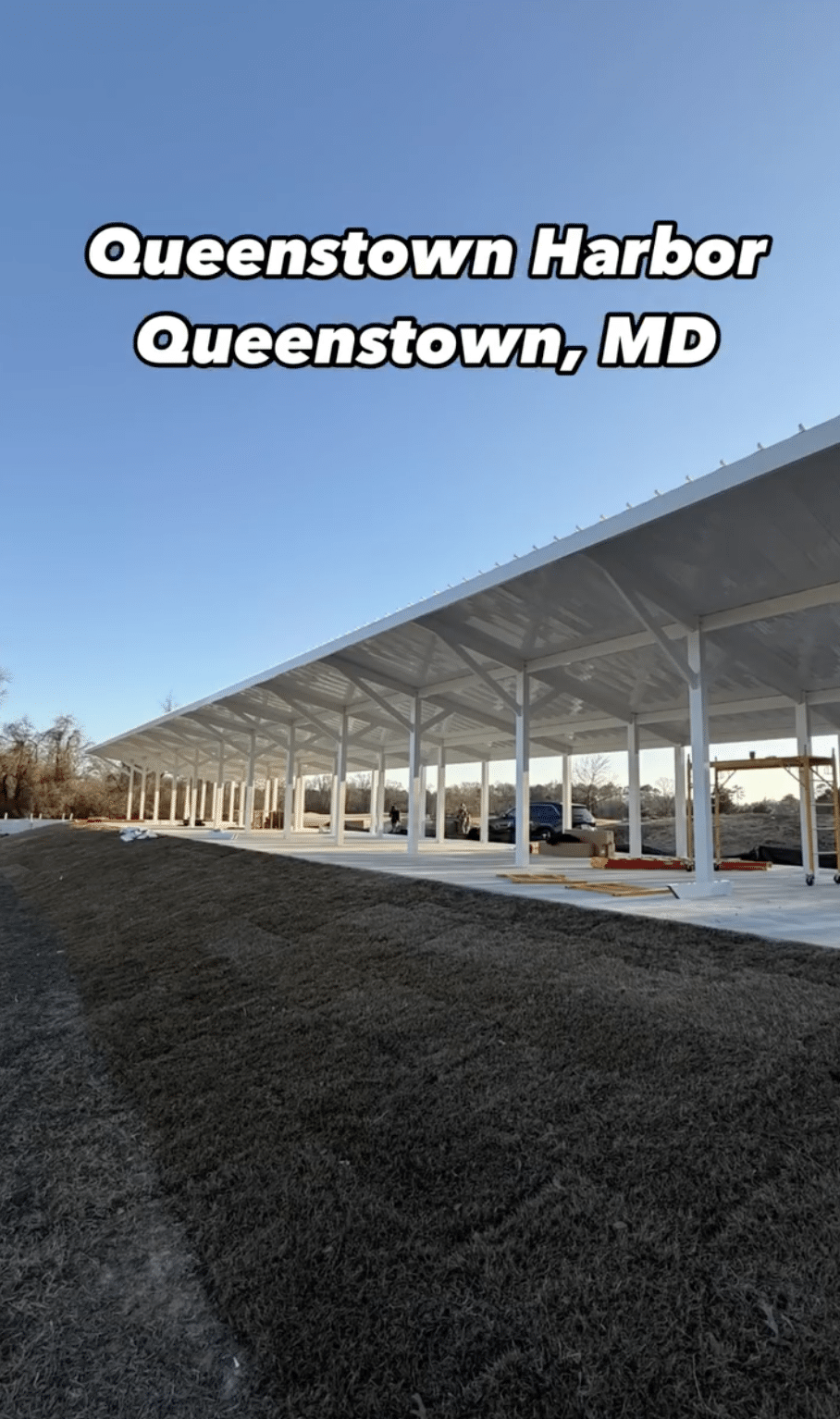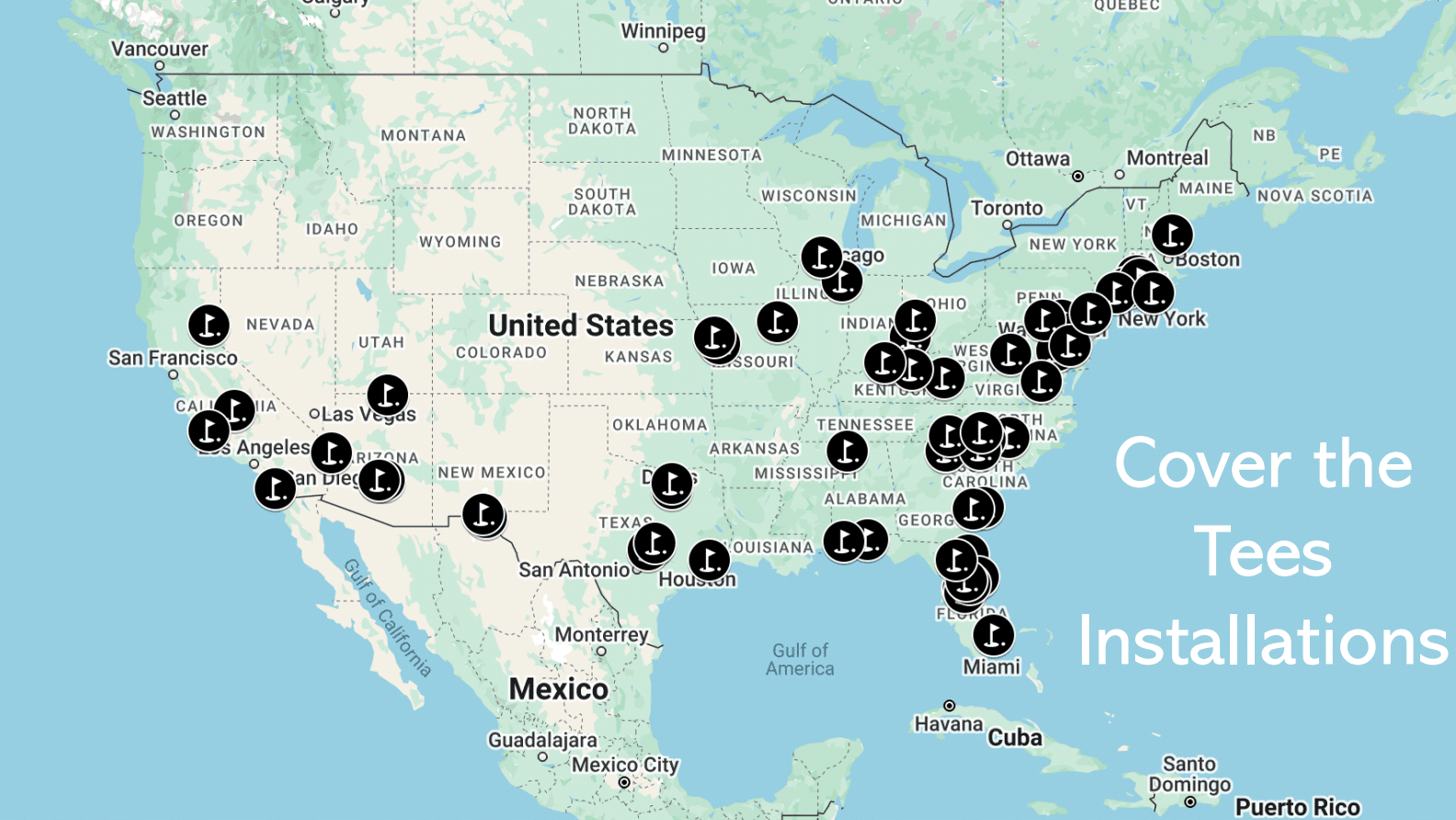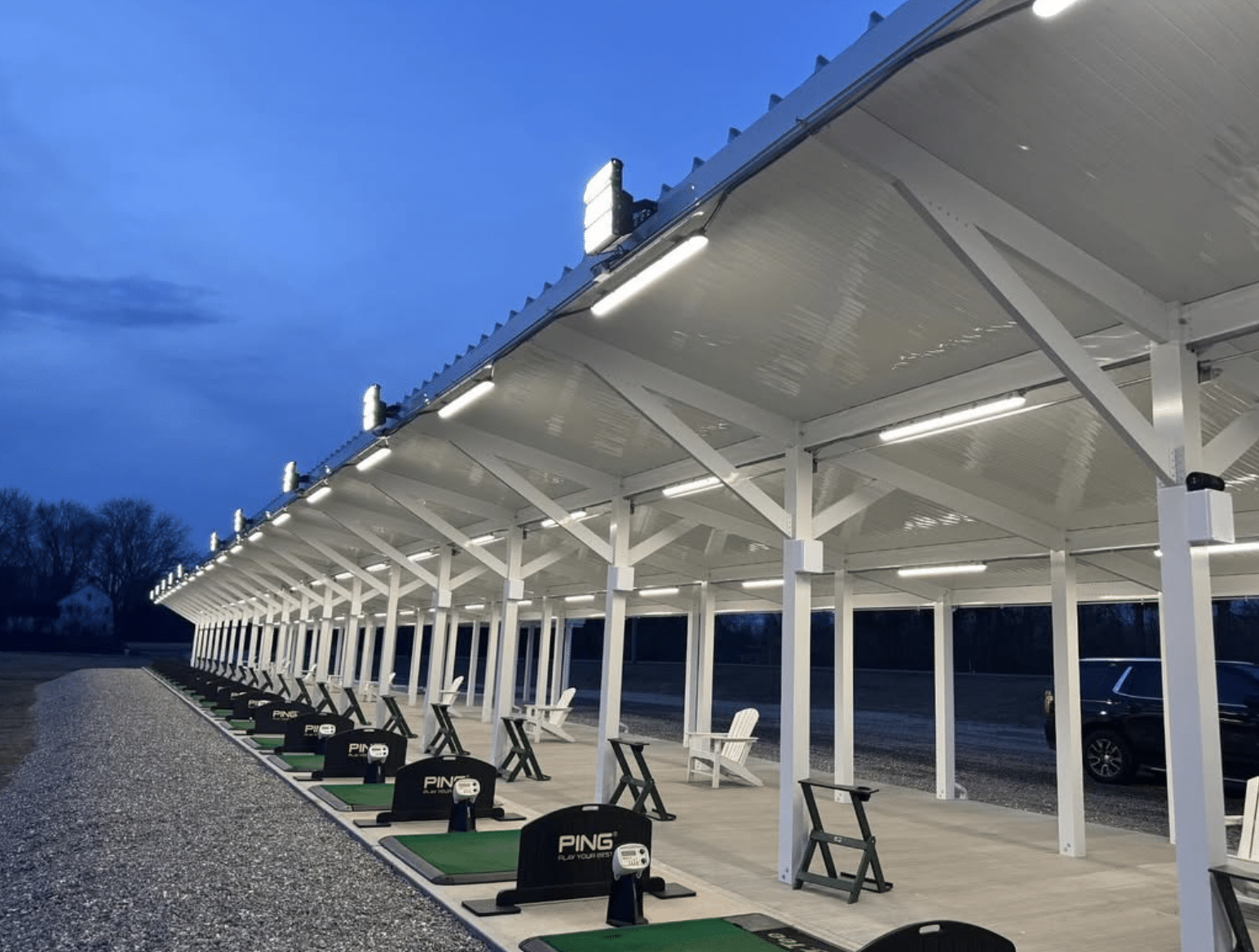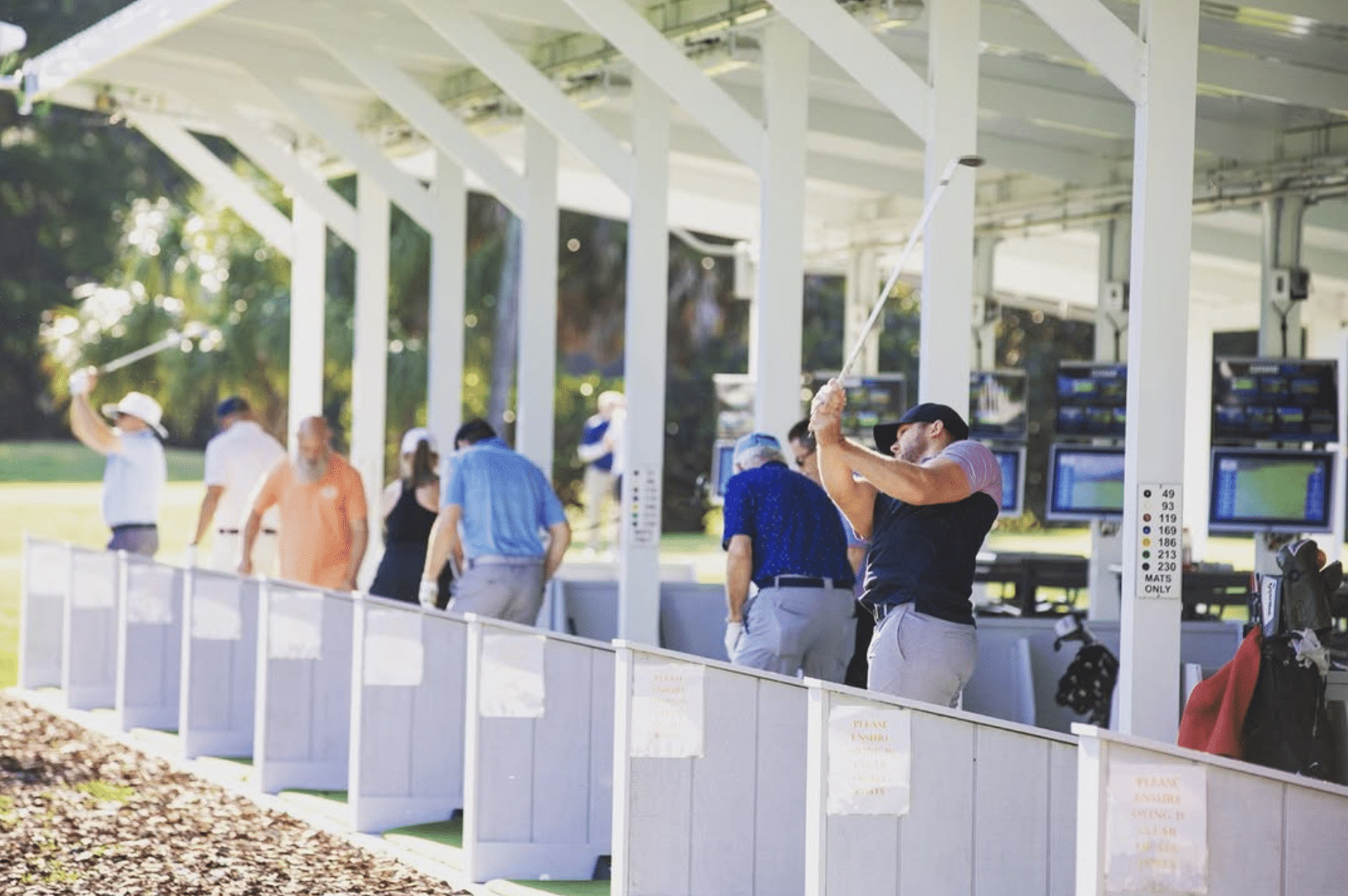By Vinnie Manginelli, PGA
When considering what makes a driving range thrive, one must consider the infrastructure for success that is built. Cover the Tees provides driving range solutions that are changing the way golfers play and practice the game. Founded by Matthew Towell, Cover the Tees helps practice facility owners create additional revenue streams that drive significant business growth, as well as growth in the game of golf. By making the game more comfortable, social and fun, participants are enjoying a unique user experience, meaning they’ll keep coming back.
I recently spoke with Patrick Cherry, the Vice President of Business Development, and Stephen Arnold, the company’s Chief Operating Officer, who shared insights on topics such as the impact of adding tech and a cover on your range, trends and growth in the range industry and what makes the Cover the Tees product unique and so beneficial to a driving range or practice facility.
With technology changing the way golfers utilize the practice facility, I asked about the greatest impact of adding technology to one’s range and providing cover on all or a portion of a facility’s hitting bays.
“Having technology changes the way a facility’s range is used,” says Cherry. “Whether it’s a private, public or stand-alone facility, technology is a gateway to having your members or customers enjoy time on the property (TOP) longer. After all, the goal of every golf professional should be to engage with his or her customers more.”
Cherry spoke of shifting one’s relationship from transactional, where customers are simply buying a bucket of balls from them, to transformational – deeper, more meaningful connections that go beyond the dollars and cents. As an owner/operator or manager at a facility, you can now interact with customers as they’re enjoying a drink or some food, where in the past, they’d hit their balls and leave. They start looking at you differently and might support your golf shop or lesson business, or at the very least, frequent your range more often. It changes the dynamic!
Having technology is an important step to increasing bucket sales, but creating an environment for socialization is vital to unlocking the full potential for additional revenues outside of the bucket of balls.
When asked how a facility owner or club determines how many bays to cover, or to simply cover the whole range, Arnold emphasized that he takes into consideration the goals and objectives of a facility, but suggests 10-15 bays at a minimum. Of course, this decision often comes down to the space available for the buildout. If a range only has 60 feet and each bay is 10 feet wide, they’re looking at just six bays, which, for that facility, can still be a game changer in terms of revenue and engagement with golfers. They indicated that their product can easily be added on after the initial installation, but the added cost is one that many facilities would prefer not to assume, meaning they’ll go all in and cover their whole range line at the outset.
“Unless it’s a case of land restriction, we feel that 10-15 bays are the appropriate entry point to get started. Having the ability to add on from there is always an option,” explains Arnold.
This new range concept is about creating an environment – large or small – with seating, fans or heaters to battle the elements and even food and beverage if the facility so desires. All of these factors contribute to the social setting that today’s practice facilities and clubs are seeking to create.
As the new modern driving range takes shape, owners and operators are seeing the habits of their most die-hard customers change, thanks to technology and the socialization and gamification of the practice range experience. “All of a sudden, golfers who once had to have a grass hitting surface now prefer the covered environment, with state-of-the-art technology and high-quality mats. They might just appreciate being in the shade,” Cherry explains. “It’s important for our operators and private club managers to be open to the change of habits, pay attention to it and react to it accordingly.”
“The modern golfer is looking for different experiences, and we are seeing significant growth in facilities of all types adding covered areas and technology,” he adds. “It is an exciting time in the industry, and we are delighted to be in the middle of it all.”
When they installed Cover the Tees at Palmetto Dunes Oceanfront Resort, where Arnold was once general manager of the Robert Trent Jones course, they offered a mixed use of grass in the mornings and mats-only in the afternoon when technology-driven activity and socialization on the tee line picked up.
“We decided to be mats-only all the time as it became the preferred method for the majority of our guests when practicing and warming up. We saw a shift in habits and an increase in participation for longer periods of time during all hours of the day. That said, the grass is still available in front of the covered portion of the range for shotgun and tournament warm-up flexibility,” Arnold explains.
He adds, “With the volume of non-traditional golf being played – simulators, golf entertainment venues, range ball tracking technology, etc. – there is a huge untapped market that is not your traditional golfer. The question we pose to the range operators we meet is, ‘Are you willing to convert your traditional range or warm-up area into an entertainment facility that will serve a broader audience?’”
As technology and covers at today’s ranges and practice facilities continue to expand, operators considering making the move are speaking with those who’ve already done it and have started reaping the benefits almost instantly. This validation from existing facility operators is helping to close the deal with new clients, and they’re more comfortable committing than they otherwise would have been, knowing the success their colleagues in the industry have experienced. The risk factor is lessened in today’s marketplace, as opposed to just a few years ago, when we expected the COVID bubble to burst soon after the pandemic ended. With those new golfers now several years into the game, tee times remain limited, meaning one’s range can provide a huge revenue boost to any club or course’s bottom line.
To demonstrate the growth in the industry, Cover the Tees’ coast-to-coast installations grew by almost 250 percent from 2023 to 2024 and then doubled again in 2025. Their projected 2026 data would render a 900 percent increase from their 2023 performance. In addition, they look forward to upcoming installations in Canada and are looking at growth overseas and in military bases and facilities.
If you’re on the fence, it’s important to note that practice facilities remain open during the build-out process. Most ranges will dedicate an adjacent grass area where their customers can still hit balls. In fact, once the cement is laid, Cover the Tees will come in and install its covers in just a week or two, allowing for the technology companies to do their thing after the cover installation.
Cherry and Arnold say that the Cover the Tees comes into a site that is already prepared. In most cases, the concrete work is already done when they arrive to install the range bay cover. However, Cover the Tees also offers a full turnkey solution to facilities that prefer to pass on those tasks.
“If they want us to handle the entire project, permitting, pouring the concrete, the electrical work, we have those assets available,” Arnold explains. “In most cases, we give them the plans of what we need and the required dimensions of that slab that we’re going to build upon.”
The business of technology and climate-controlled covered ranges leads to increased food and beverage revenue, socialization among members, friends and family, as well as kids’ camps and elevated golf lessons. The driving range becomes more than just a patch of grass onto which golf balls are hit.
“You’re extending your season, regardless of your region of the country,” Cherry adds. “You’re eliminating seasonality in what has long been a seasonal industry.”
There are no more cancelled lessons or complete washouts. This adds value to the PGA of America Golf Professional’s instruction and coaching. The technology enables the student to see his or her ball flight, as well as their numbers, while giving the instructor the ability to monitor his or her students’ practice habits. It places accountability on the student to practice in between lessons and practice with a purpose. The lesson value is increased, as is the retention rate each year.
Additionally, some facilities are requesting special teaching areas on their ranges with larger bays, and in some cases, adding simulators that are dedicated to coaching and engagement with students.
Cherry and Arnold see this growth trend continuing as proof of concept has been proven throughout all regions of the U.S. and soon, internationally. They see more private clubs coming on board as their competitors down the street or across town make the investment, and their members start stirring about the amazing experience they had at their friend’s club. These structures are for the entire membership – not just the golfer. It’s entertainment for the whole family. People join clubs to enjoy themselves, to escape their everyday lives. These facilities are implementing food and drink, parties, contests and engagement of all kinds. It’s a social experiment that is providing positive results.
This success is even leading local municipalities to upgrade their golf facilities, understanding that it’s not just for the golfers in town, but a great new family amenity that the whole community can enjoy. High school teams are improving via this technology, opening collegiate golf opportunities for boys and girls who might not have considered this route before. The impact becomes almost immeasurable.
“We’re creating the on-ramp for the future of golf, giving people who are new to the game a fun and relaxed way to learn the game,” Arnold boasts. “These are not people who will go out and play 18 holes of golf at this stage, but as they grow in the game, the possibilities for them in golf are endless.”
For more information about Cover the Tees, log on to their website today!

